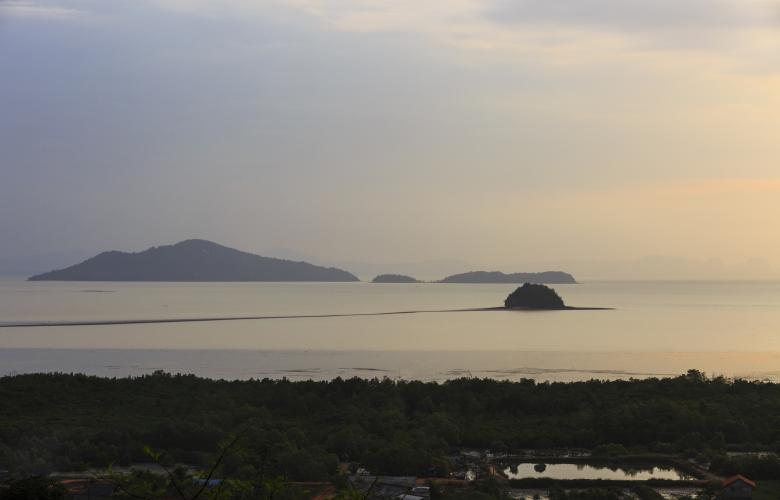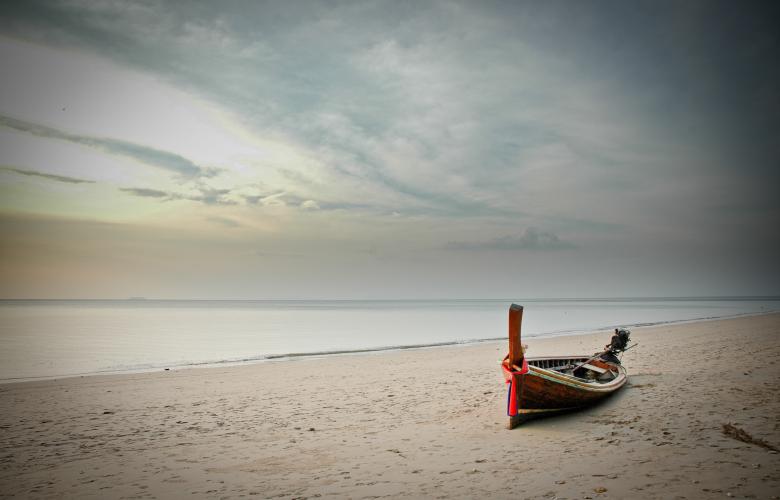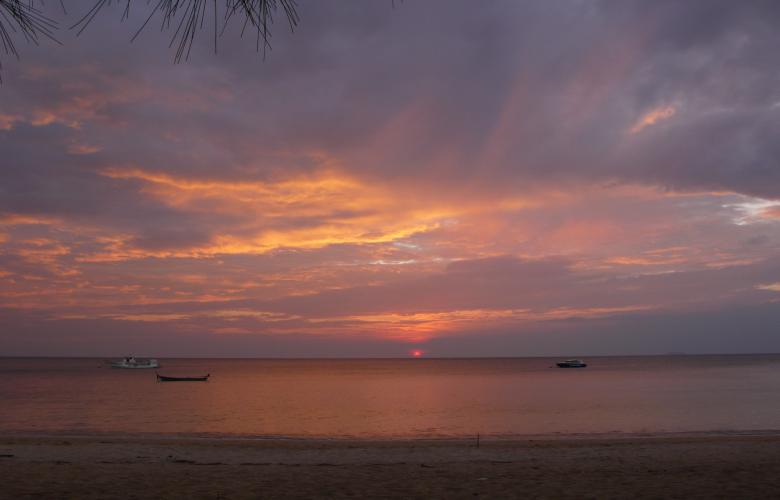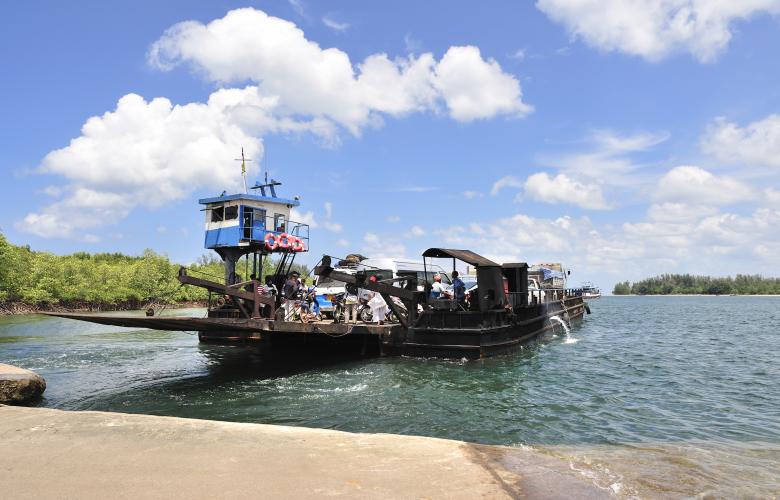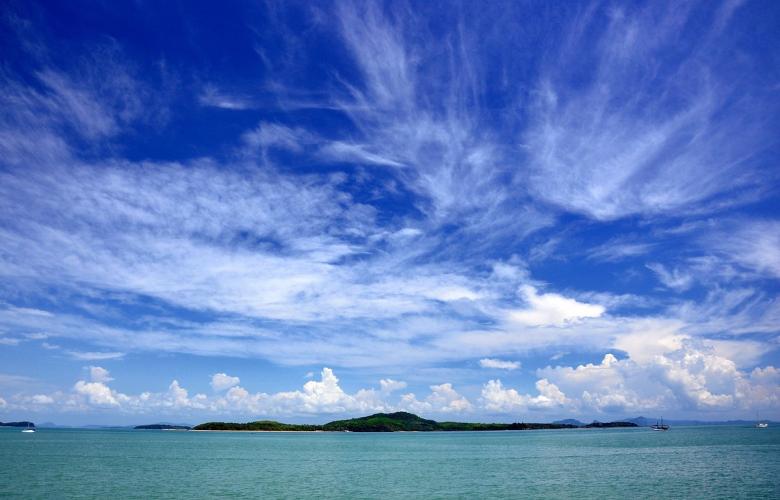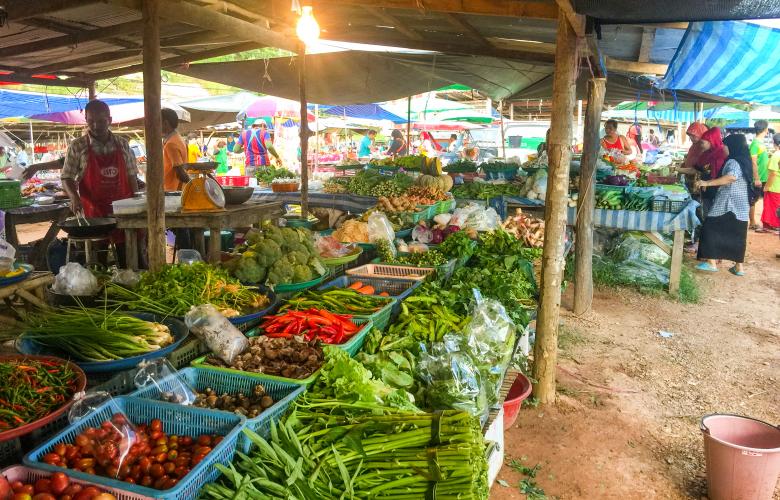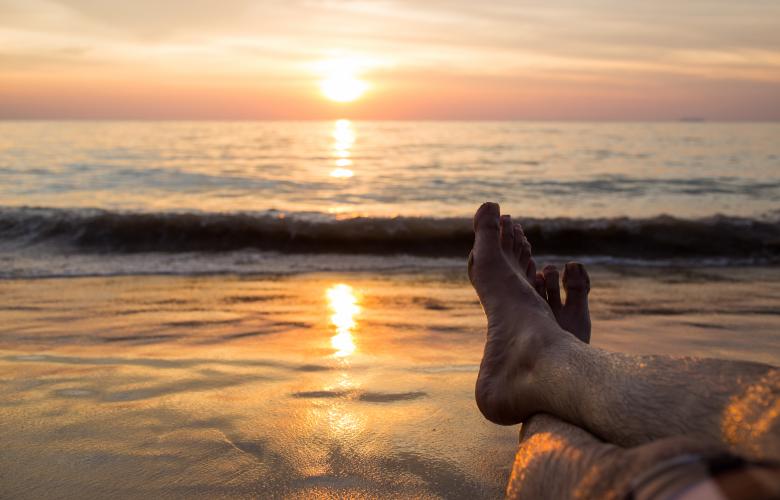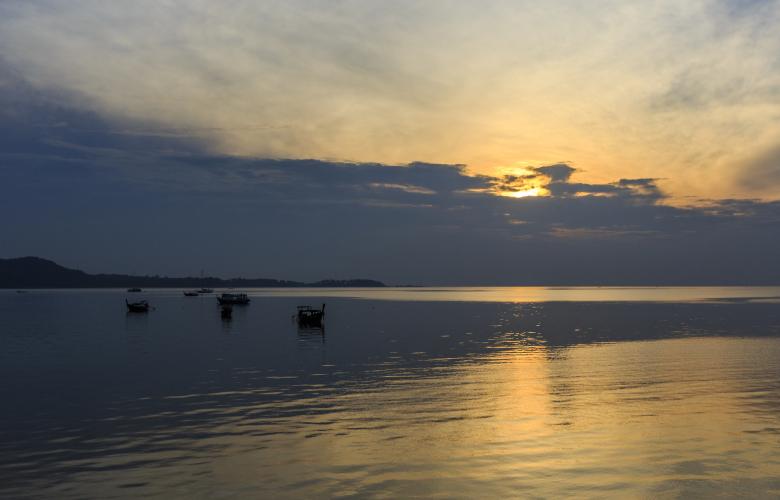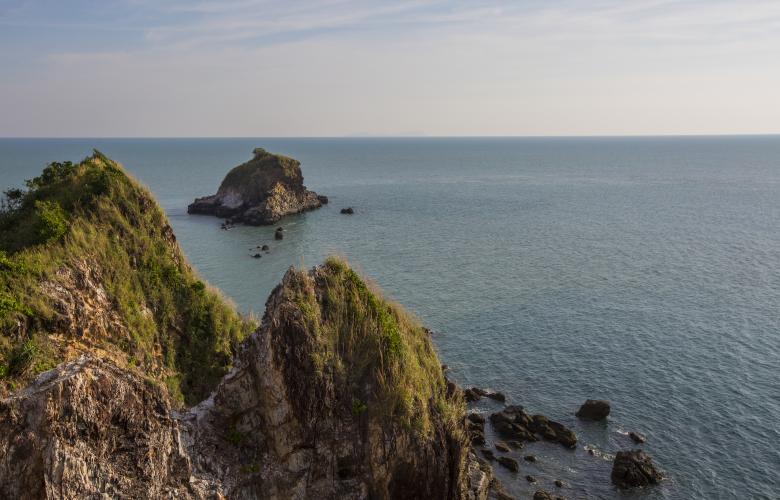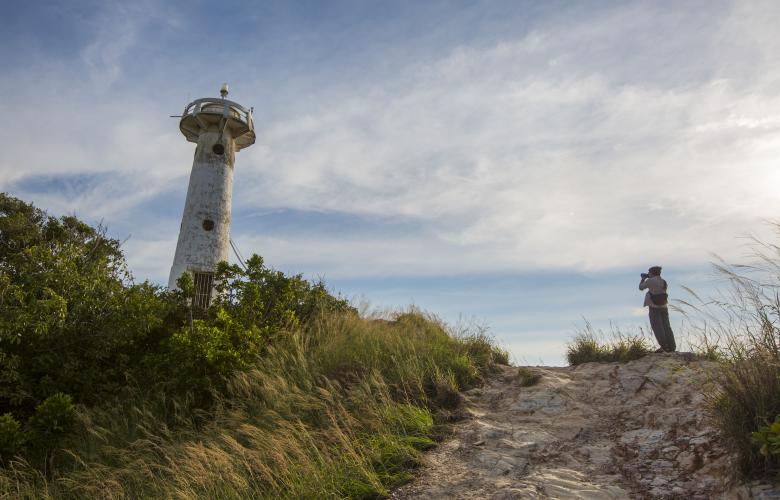The water-filled charms of this collection of islands in Krabi Province on the Andaman coast are boundless, from endless stretches of white beaches and clear undersea coral landscapes just offshore, to dramatic rainforest waterfalls, and even a nomadic community of sea gypsies.
Koh Lanta consists of two main islands – Koh Lanta Yai and Koh Lanta Noi – with another island in between and sprinklings of smaller other islands and limestone outcrops nearby.
In fact, this archipelago is made up of 52 islands, and we were told by our guide it’s possible to cruise around for days on end without seeing the same one twice.
Getting here also involves travelling on water, with a choice of daily ferry services from Krabi, Phi Phi or Phuket. And once in Koh Lanta, it’s easy to be absorbed into authentic water-borne life and flit between the various islands – as we did - by hiring local longtail boats.
Airports at Krabi, Trang and Phuket are the nearest air gateways to Koh Lanta; we shared our domestic flight from Bangkok to Krabi with a mix of Koh Lantabound travellers that comprised of both international visitors and Thais on a long weekend break.
But any misgivings we had about being squeezed onto crowded beaches with our fellow travellers, in a similar style to being crammed in an aircraft next to them, simply failed to materialise when we arrived and walked onto Klong Dao Beach – marvelling at its three kilometres of long, white emptiness.
It’s close to Baan Saladan Village on the northwest of the island where most ferries arrive and is the first of seven different beaches running down its west coast. Practically alone as we wandered along the gentle shoreline, with an occasional dip in the warm blue water, our appetites were whetted for more of this laid-back seaside seclusion.
So gradually we explored down this coastline, hopping from one glorious beach to another, where dazzling sunsets are an added bonus to the natural way of life – Phra Ae Beach, Klong Khong Beach, Khlong
Nin Beach, Kantiang Beach and, right on the southern end, the aptly-named Far South Beach.
Although Koh Lanta’s accommodation choices have a reputation of being pitched at a fairly economical scale of the tourist market with many local, family-owned establishments, there are also luxury hotel delights to satisfy the most discerning traveller.
There’s the five-star Pimalai Resort & Spa, overlooking the bay on Kantiang Beach - an untouched paradise where golden sands merge with the waters of a vivid azure cove, surrounded by verdant greens of surrounding mountains. It’s as far away from anything approaching tourist buzz as you could possibly get.
Layana Resort & Spa is another haven of peace and tranquillity, with its simple and elegant Thai-inspired edifices creating a calm, serene ambience as part of a glorious natural environment on three kilometres of beachfront.
Just as pleasurable as viewing the shimmering sea around Koh Lanta is venturing into the amazing underwater world below its waves, and this is possibly where the island comes into its own as arguably one of the best diving spots in the world, thanks to gin-clear water, pristine coral landscapes and abundant sea life.
The best diving points for colourful coral reefs and fish are Hin Muang-Hin Daeng, Koh Rok, and Koh Ha Yai, but we were able to extend the experience with diving trips to other nearby islands of Koh Ngai, Koh
Chaek, Koh Kradan and Koh Muk, where the remoteness of the dive sites gave us even more spectacular diving experiences.
Koh Lanta’s famous inland waterfall is Klong Chak, a half hour trek into the jungle near the southern tip of the island - where we heard its tumbling waters well before we saw them – and well worth the effort for the sight of such magnificence.
For the moment, mass tourism has passed Koh Lanta by, and its watery charms set amid the Andaman Sea remain to be savoured by those of us who appreciate a natural world of simple, yet wonderfully beautiful delights.
For more contact:
thailandtourism.org
pimalai.com
layanaresort.com

